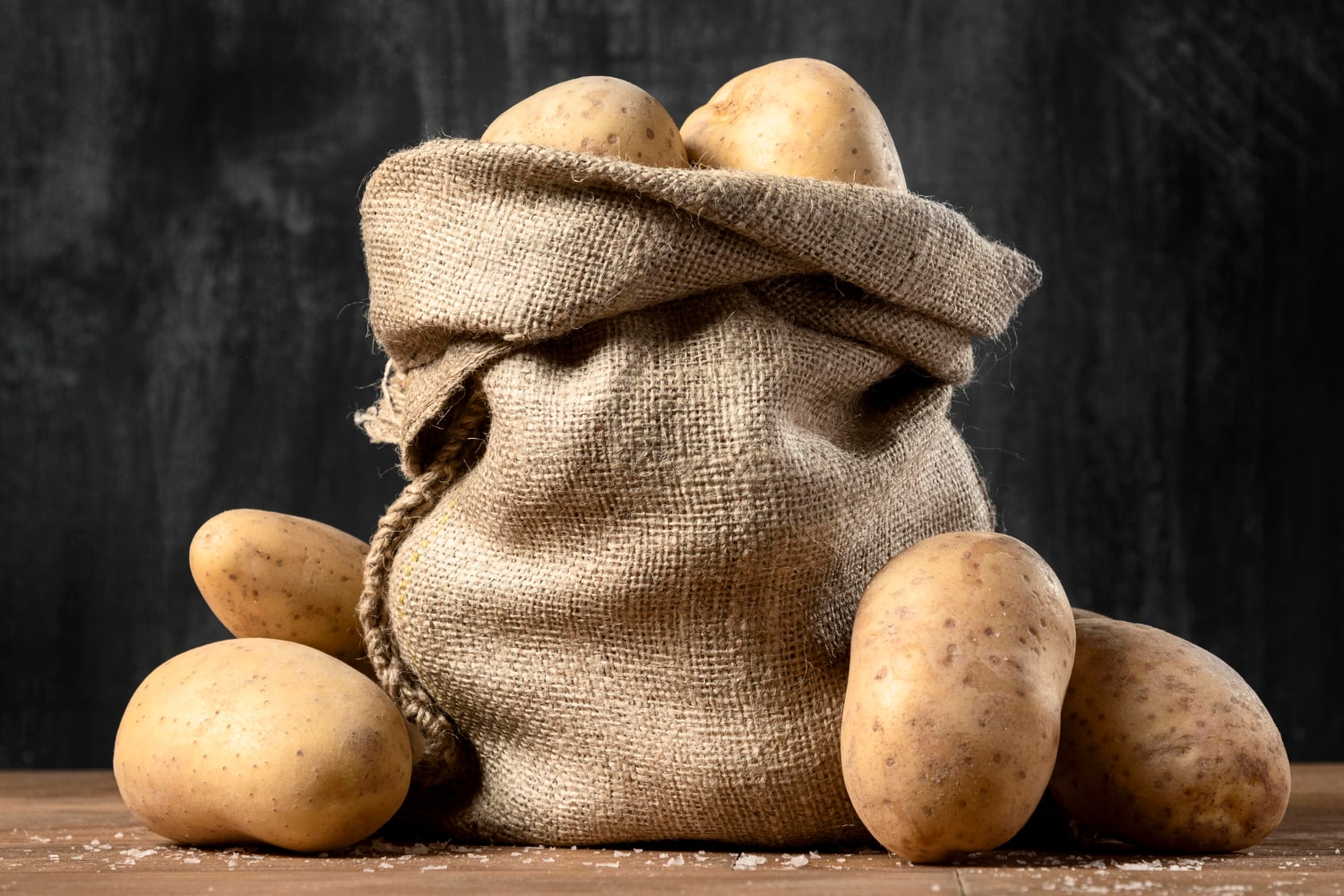Potatoes are not just a common food on our tables but a true marvel of nature with a long and fascinating history and a wide-reaching geographic journey. They became a staple food for millions and even played a pivotal role in shaping the destinies of nations. Many people see them as an ordinary vegetable, without realizing their unique properties, biological characteristics, or cultural importance. In this article, you will discover engaging and informative facts that you might not have known about potatoes but that are sure to surprise you.
- Potatoes were domesticated around 7,000 to 10,000 years ago in what is now southern Peru. The Incas cultivated dozens of potato varieties long before Europeans arrived. They had their own storage methods, including freezing at high altitudes in the Andes.
- Potatoes arrived in Europe in the 16th century, but for a long time they were not accepted as food. Initially, they were grown as ornamental plants or livestock feed. It wasn’t until the 18th century that they became widely used in European kitchens.
- Potatoes belong to the nightshade family, like tomatoes, eggplants, and tobacco. All parts of the plant, except for the tubers, are toxic because they contain solanine. Potato fruits, which look like green berries, should never be eaten.
- There are over 4,000 cultivated varieties of potatoes in the world, along with thousands of wild types. They vary not only in skin color but also in flesh color, shape, size, and cooking characteristics. In South America, you can find blue, red, and even purple potatoes.
- Potatoes are the fourth most consumed crop in the world after corn, rice, and wheat. They are a major source of carbohydrates for millions of people. Their versatility allows them to be prepared in hundreds of different ways.
- One medium potato contains about 100 calories and is rich in vitamin C, potassium, fiber, and complex carbohydrates. During times of food shortage, potatoes saved entire populations from starvation. There are known cases of people surviving for years almost exclusively on potatoes.
- In 1995, potatoes became the first vegetable to be grown in space. They were sprouted aboard the space shuttle Columbia to study food cultivation for long-term missions. This marked a milestone in space agriculture.
- Potatoes can grow in almost any climate except for tropical and extremely arid regions. They adapt well to different soils if proper irrigation is provided. This makes them a strategic crop in many countries.
- In Belarus, Ukraine, Poland, and Russia, potatoes are often called the second bread. In some villages, traditional local varieties are passed down from generation to generation. Potatoes are deeply embedded in the culinary traditions of these regions.
- French agronomist Antoine Parmentier played a key role in promoting potatoes in France. In the 18th century, he hired guards to watch over potato fields during the day and let people steal them at night to spark curiosity. His tactic helped turn the potato into a fashionable and widely accepted food.
- In Peru, the native land of the potato, there is a National Potato Center that stores thousands of potato samples. Annual festivals are held there in celebration of this important crop. Peruvians see the potato as a symbol of their national identity.
- A global seed vault in Svalbard, Norway, stores potato seeds among many other crops in case of worldwide disaster. It serves as a backup for global food security. This demonstrates how important the potato is to humanity.
- A scientific method called lysimetry is used to study how potatoes respond to fertilizers and different growing conditions. It helps agronomists select optimal varieties for each region. Potatoes remain one of the most researched agricultural crops.
- In the 21st century, genetically modified potato varieties have been developed to resist pests and diseases. These types reduce the need for pesticides and help preserve harvests. In some countries, they are used in large-scale agriculture.
- The largest potato ever grown weighed more than 4.9 kilograms and was cultivated in England. This record is listed in the Guinness Book of World Records. The achievement was made possible by ideal growing conditions and careful tending.
- Potato chips were invented by accident in the United States in the mid-19th century. A restaurant customer kept complaining that his fries were too thick, so the chef sliced them very thin and fried them. Thus was born one of the world’s most popular snacks.
- Despite being a humble crop, potatoes played a key role in major historical events, such as the Great Irish Famine from 1845 to 1849. A potato blight destroyed crops, leading to the death of around one million people. This catastrophe had a profound impact on European migration patterns.
These interesting facts about potatoes reveal that behind this simple vegetable lies a world full of history, science, culture, and agricultural knowledge. Potatoes do more than feed people; they have saved lives, shaped economies, and even journeyed into space. They deserve much more than just a place on the side of your plate. Potatoes are a true hero of global cuisine and farming history.





